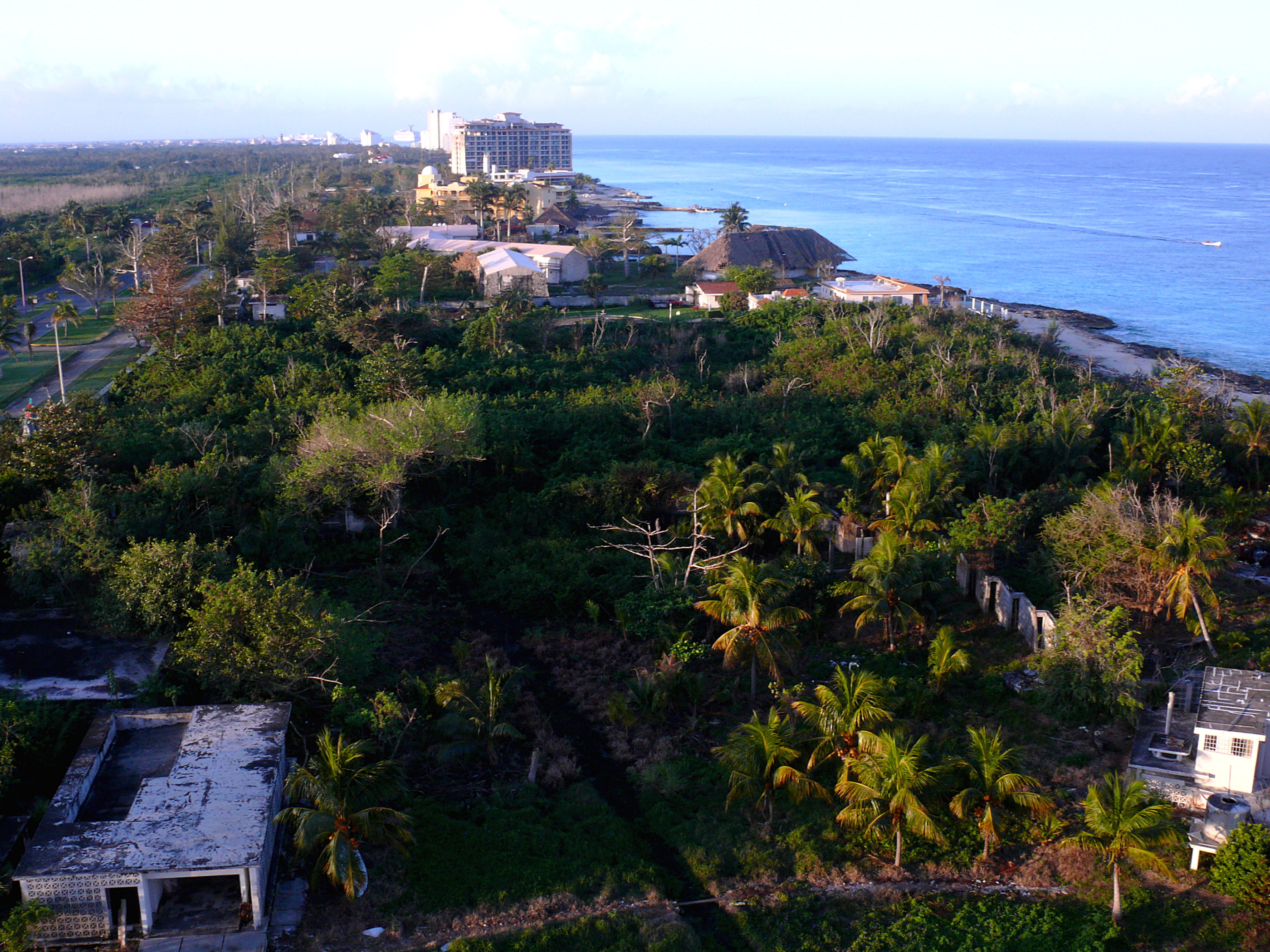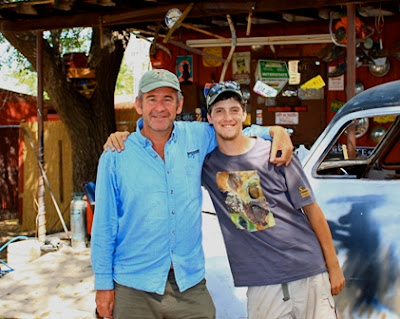Below is a post I wrote for The Eyrie in Jan of 2010, about a day I spent guiding Nigel Marven, the world-famous TV host, in the mountains of southern Arizona when I was living down there in 2009.
It was a day I shall never forget. Enjoy!
The persistently beeping alarm on my
phone brought me back from the realms of dreams. For a second, I wondered why I had bothered to set it the evening before. Then I remembered. I glanced at the clock. I was supposed to meet Nigel Marven in half an hour.
I lay back on the pillow for a second, remembering the day he first called me. I had come home in the afternoon one day to find the light on the message machine blinking. The caller had a distinct British accent. "
Hi Chris, this is Nigel Marven. I'm calling to see if you're available to guide a couple days nextweek." My jaw had dropped open in disbelief. Nigel Marven? THE Nigel Marven..... was calling me? I knew I had been having a lucky summer, but surely not that lucky! I had quickly called him back and arranged the day and place.
I hopped up and grabbed a package of the ultimate quick breakfast food, Raspberry Pop Tarts, to munch on while I filled the feeders for the morning. After a quick check to make sure the
solar panels were in position, I jumped in my car and headed off down the 2
mile stretch of road to the Portal store.
Nigel pulled up a few minutes later. "Hi Chris, Nigel Marven. Nice to meet you." I replied, "and very pleased to meet you Nigel."
It had been some time since Nigel had visited southeast Arizona and he had quite a mixed list of target species. Some were lifers, but some were also species that he hadn't seen for several years.
I grabbed my scope and camera and we took off. The plan was to head up to Sierra Vista and hit up the canyons for hummingbirds, then on to Patagonia and Madera Canyon.
Beatty's B&B was the first stop for looks at White-eared and Berylline Hummingbirds. Nigel knew Tom Beatty from a hummingbird show he had filmed several years ago in which Beatty's was the film site. After finding our targets, we made a quick stop at Mary Jo Ballator's for excellent looks at Lucifer Hummingbird.
Deciding that we could get Botteri's, Cassin's, Rufous-crowned and other sparrows back in Portal, we hot-footed it to Patagonia. The Sinaloa Wren ended up giving us some trouble. It was not in a cooperative mood at all, but, after hearing it sing for half an hour, we did finally manage a quick scope view as it flew out of the nest.
The Patagonia Roadside rest proved its worth: The Thick-billed Kingbird was sitting on its predicted perch. It has been, and still is, the single most reliable bird I have ever seen. It always seems to perch on exactly the same perch in exactly the same place, every single time I have looked for it.
Running short on time, we decided to head for Madera Canyon and hopped on the highway for Nogales. Passing through the border patrol checkpoint proved interesting since I hadn't guided a foreigner before. Apparently, Nigel hadn't encountered a checkpoint before which made it all the more amusing. "Y'know, I left my wallet and passport at the hotel." He said. I hadn't expected that. I wasn't sure what the border patrol had the authority to do, but I assured him it would be fine. We pulled up to the checkpoint and an officer asked if we were American citizens. Nigel replied "No, I'm not. I'm from Britain. I'm Nigel Marven. You know, I'm a host on Animal Planet. I do the walking with dinosaurs show." The officer didn't appear too impressed. "Oh, you're Nigel Marven?" Nigel replied, "Yes, and I forgot to bring my passport...... I left it at the hotel." The officer appeared slightly amused at this. "Oh, you forgot your passport?" "Yes, I left it at the hotel.” The officer shook his head and asked me, "Are you an American citizen?" I replied "yes" and he waved us through. "See?" I told Nigel "that was simple." Nigel just shook his head, slightly surprised that it had been that easy.
We arrived at Madera Canyon just as dark clouds were building on the horizon. Our search for Rufous-crowned Sparrows began with complete silence. It was early afternoon and everything went quiet for a siesta. Then, the dark clouds moved in, temporarily cutting off our search. Knowing that the showers would not last, I suggested waiting it out. Nigel agreed and we ran down to the Green Valley gelato shop to escape the heat of the afternoon and enjoy the excellent selection of gelato ice cream.
About an hour later, the showers subsided and we headed back out. This time, the mesquite was full of song. At the first stop, there were well over a dozen Rufous-winged Sparrows singing full blast. I quickly located one perched high on a mesquite and put the scope on it. After spectacular views, I managed to get a couple decent photos.
With darkness closing in, we headed out for the three-and-a-half hour drive back to Portal. It had been a good day, with all target species being mostly cooperative and great looks at many. It was very similar to a day with any other birder. The only difference being some of the stories he told about his adventures while filming wildlife in various places, and of his upcoming special about Burmese pythons that he had been filming in the Everglades only a week before.
He is definitely an interesting guy and someone I would highly recommend meeting if you ever get the chance. His "Walking with Dinosaurs" show was one of my favorites during the time it aired on TV. His latest show is about finding a jaguar and is filmed in the Brazilian Amazon. If you wish to know more about Nigel Marven, visit his website at:
http://www.nigelmarven.com/
For those who have not heard of me, I am a young birder, photographer and writer based out of southern Wisconsin. I spent four months during the summer of '09 working as a local birding guide while living in the small town of Portal in the Chiricahua Mountains of Southeast Arizona.















.JPG)
-1.jpg)











.JPG)


